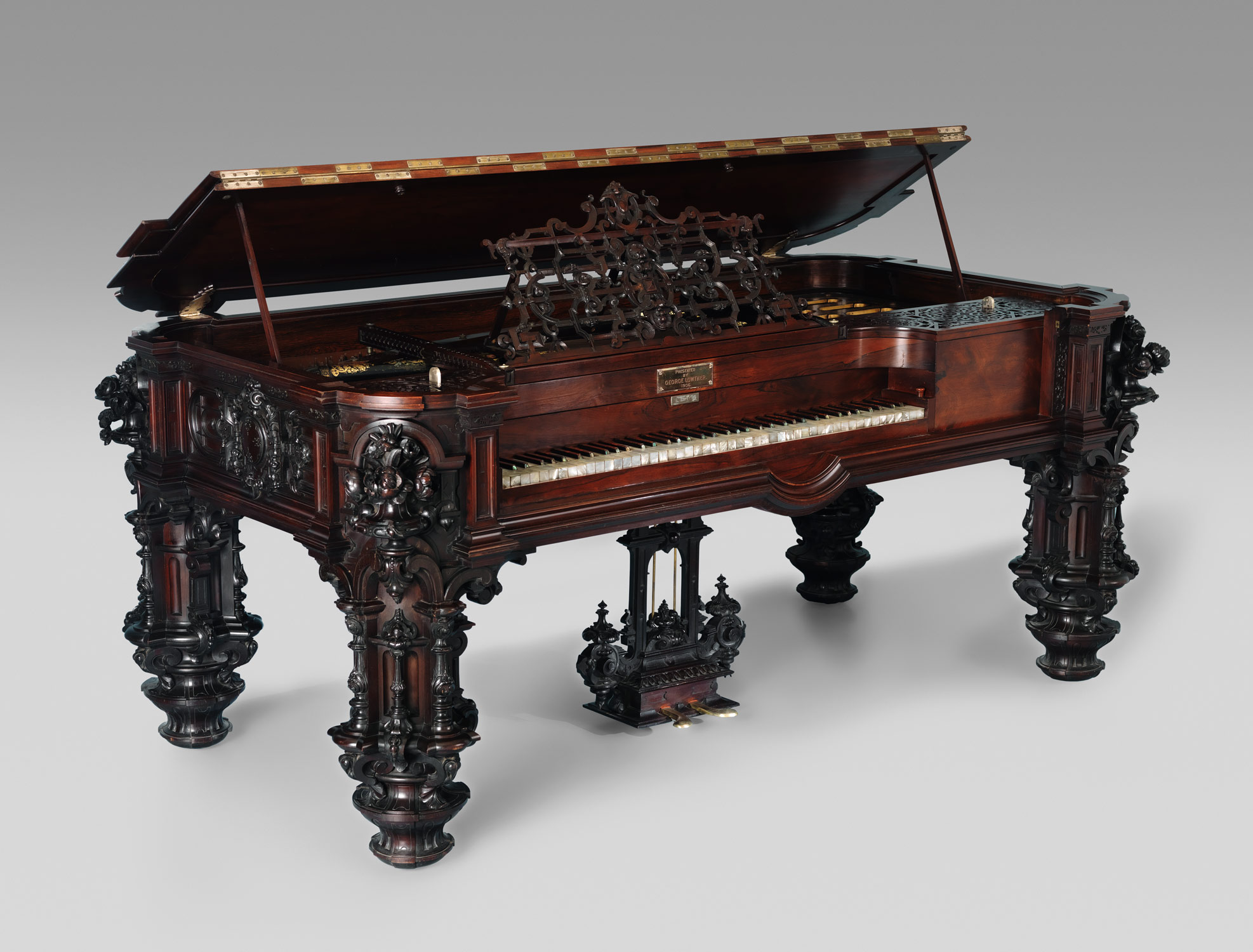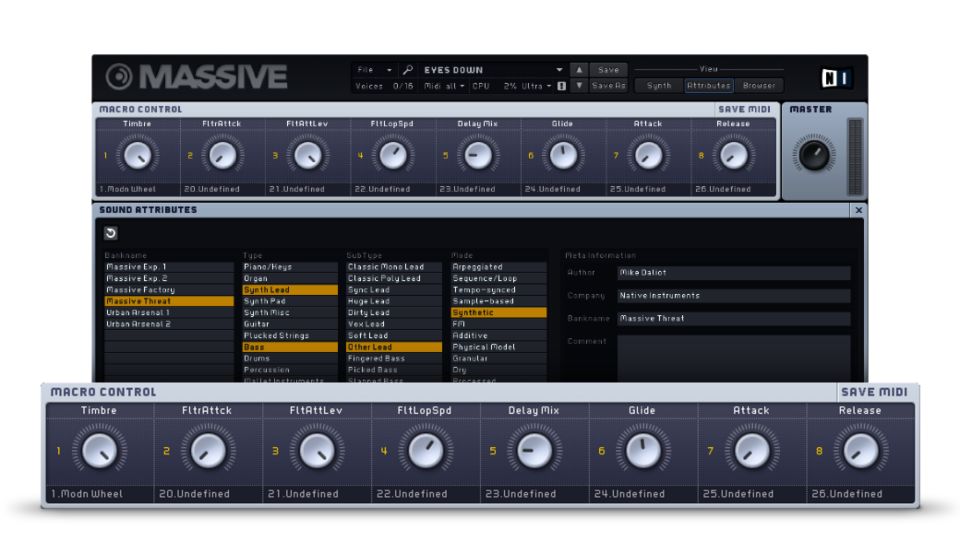

That honour is reserved for the clever modulation system, which recalls one of our favourite synths of recent years, FabFilter Twin. These include the chunky low-pass Daft (presumably a tribute to French filter-wranglers Daft Punk), Scream (an aggressive filter with a control for adjusting its distortion component), and a comb filter with feedback and damping controls.ĭespite being rather posh, neither the oscillators nor the filters represent Massive's most intriguing feature.

11 filter modes are available as well as the familiar two- and four-pole high- and low-pass filters, some more exotic ones can also be selected.
Massive native instruments display serial#
The filter section is located to the right of the oscillators and can be set to function in serial or parallel modes or in a mixture of both (via a crossfader). Each oscillator also features an Intensity control - akin to a low-pass filter - and a control for panning the output between Massive's two filters. You can choose from 82 wavetable oscillator shapes, ranging from simple waves to more sophisticated vocal effects and metallic noises. Gradually rotate the knob to the right, however, and it turns into a sawtooth. This feature can also be adjusted to extreme settings, spreading your voices over several octaves or filling the stereo panorama – all with just one single note being played.The default wavetable oscillator shape is called Square-Saw I, so when the wavetable position knob is turned hard left, the oscillator emits a square wave. Much like an orchestra where several violins play the same 'voice', making the sound warmer and more lively, the unisono feature makes your sound thick and vivid. Several voices can be triggered by a single note. The Voicing page allows switching between polyphonic and monophonic voice handling as well as several voice trigger options, for example playing musical-sounding trills easily with your keyboard. MASSIVE goes a step further, allowing the pitchbend range or the phase of each oscillator to be adjusted.

Like in most synthesizers, you can adjust glide times between pitches when you play legato notes. This allows effects to be created that can be controlled by simply playing your keyboard.

There is even separate keytracking control over the filters' cut-off frequencies and other additional parameters such as a bandpass filter's width or a comb filter’s feedback. The Keytracking pages map the incoming pitch information generated by your keyboard or sequencer individually for each oscillator and filter. MASSIVE unveils their true sound design potential. MASSIVE's various global settings pages allow a variety of parameters to be adjusted – parameters that most other synthesizers leave unmentioned and unadjustable. For example, setting an envelope to a generic ADSR shape is a quick, one-click issue. This is further enhanced by the inclusion of templates for standard tasks for all the modulation sources, such as envelopes, LFOs, steppers and performers. The variety of possibilities is as wide as it is fast to use. A flexible low frequency oscillator completes the list of modulation sources. MASSIVE contains two step sequencer modes: While the Stepper conforms to the well-known, established operating modes, the Performer allows each step to be shaped individually, making it ideal for advanced rhythmic structures. Various other options make MASSIVE's envelopes truly unique. The envelopes in MASSIVE feature an advanced loop mode: a part of the envelope can be looped and you can morph between different transitions or crossfades for the defined loop start and end points. For instance, you can assign both the filters' cutoff frequencies to one macro control and label it as "Brightness". Multiple parameters can be assigned to a single macro control, bundling technical settings into a single control – a far more musical approach. MASSIVE features several types of modulation sources that, thanks to the innovative user interface, can easily be assigned to any of its parameters.


 0 kommentar(er)
0 kommentar(er)
